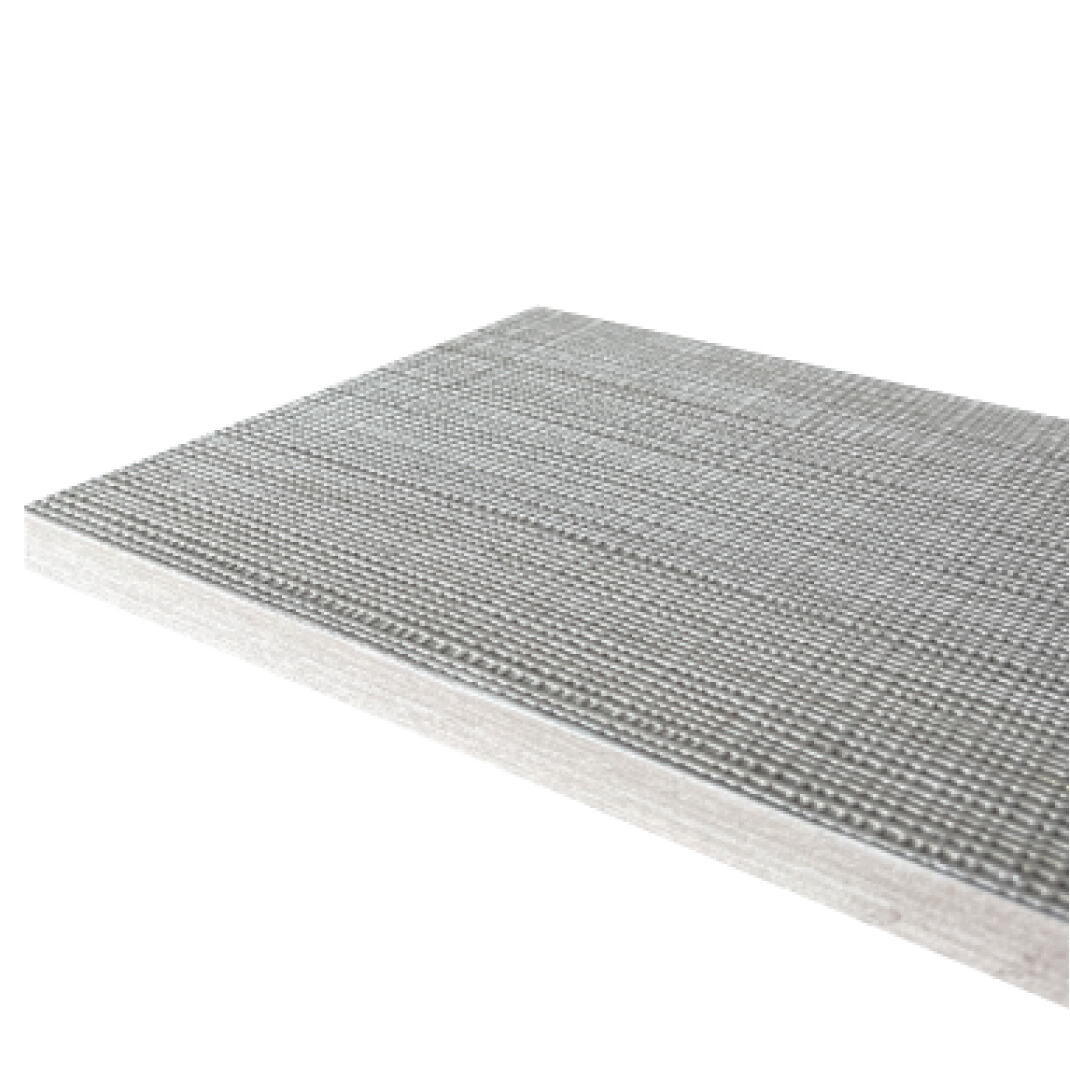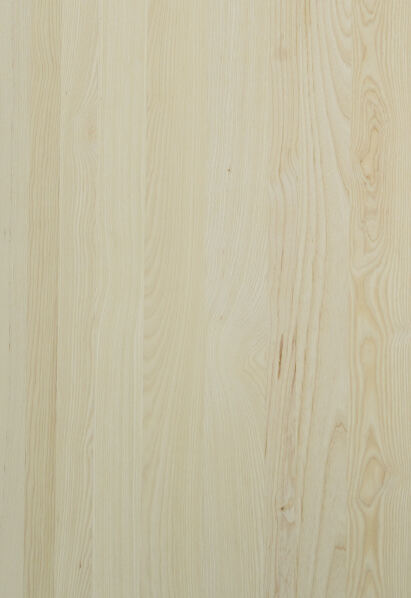Creating stunning interior spaces requires careful consideration of every design element, and decorative panels have emerged as one of the most versatile and impactful solutions for modern homes and commercial environments. These architectural elements serve both functional and aesthetic purposes, transforming ordinary walls into captivating focal points while providing practical benefits such as sound absorption, thermal insulation, and surface protection. Whether you're renovating a residential space or designing a commercial interior, understanding how to select the right decorative panels can make the difference between a mediocre design and an extraordinary one.

Understanding Different Types of Decorative Panels
Wood-Based Panel Options
Wood decorative panels remain among the most popular choices for interior design due to their natural beauty, warmth, and versatility. Solid wood panels offer authentic grain patterns and can be stained or painted to match any color scheme, making them ideal for traditional and contemporary spaces alike. Engineered wood panels, including plywood and medium-density fiberboard options, provide similar aesthetic appeal at more affordable price points while offering improved stability and resistance to moisture and temperature fluctuations.
Veneer panels represent another excellent wood-based option, featuring thin layers of premium wood species applied over stable substrates. These panels deliver the luxurious appearance of expensive hardwoods while maintaining cost-effectiveness and dimensional stability. Popular veneer species include walnut, oak, cherry, and exotic woods like zebra wood and bubinga, each bringing unique character and visual interest to interior spaces.
Synthetic and Composite Materials
Modern manufacturing techniques have produced synthetic decorative panels that rival natural materials in appearance while offering superior performance characteristics. High-pressure laminate panels feature photographic reproductions of wood, stone, and fabric textures, providing realistic appearances with exceptional durability and easy maintenance. These panels resist scratches, stains, and fading, making them perfect for high-traffic commercial environments and busy households.
Polymer and resin-based panels offer unique design possibilities, including translucent options that can be backlit for dramatic lighting effects. These materials can be molded into complex three-dimensional patterns and textures, creating eye-catching accent walls and artistic installations. Many synthetic panels also incorporate recycled materials, appealing to environmentally conscious designers and building owners seeking sustainable design solutions.
Material Selection Considerations
Environmental Factors and Durability
The environment where decorative panels will be installed significantly influences material selection decisions. High-humidity areas like bathrooms and kitchens require panels with excellent moisture resistance, making synthetic materials or specially treated wood products ideal choices. Temperature fluctuations can cause natural materials to expand and contract, potentially leading to warping or cracking, so spaces with significant temperature variations benefit from engineered materials with enhanced dimensional stability.
Commercial spaces subject to heavy use demand decorative panels with superior impact resistance and easy maintenance requirements. Laminate and polymer panels excel in these applications, offering long-term durability without requiring regular refinishing or special care procedures. Healthcare facilities and food service environments may require panels with antimicrobial properties or seamless surfaces that prevent bacterial growth and facilitate thorough cleaning.
Budget and Long-Term Value Considerations
Initial material costs represent only one aspect of decorative panel economics, as installation complexity, maintenance requirements, and longevity significantly impact total ownership costs. Premium materials like solid hardwood panels command higher upfront investments but may provide decades of service with proper care, while budget-friendly options might require replacement within shorter timeframes. Professional installation costs vary based on panel complexity and substrate preparation requirements.
Energy efficiency considerations can influence long-term value calculations, as certain decorative panels provide thermal insulation benefits that reduce heating and cooling costs. Acoustic panels offer additional functionality by improving sound quality and reducing noise transmission, potentially eliminating the need for separate soundproofing measures and providing measurable value in residential and commercial applications.
Design Integration Strategies
Color Coordination and Visual Harmony
Successful decorative panel integration requires careful consideration of existing color schemes and design elements throughout the space. Neutral-toned panels provide versatile backgrounds that complement various furniture styles and color palettes, allowing for easy updates and seasonal decorating changes. Bold or heavily patterned panels work best as accent features, creating focal points without overwhelming the overall design composition.
Understanding color temperature relationships helps create cohesive design schemes when combining different materials and finishes. Warm wood tones pair beautifully with earth-toned fabrics and warm metal accents, while cool-toned gray and white panels complement contemporary furnishings and chrome or stainless steel fixtures. Monochromatic color schemes using panels in varying shades of the same color family create sophisticated and calming environments.
Scale and Proportion Considerations
Panel size and pattern scale significantly impact perceived room dimensions and overall visual impact. Large-format panels with minimal seams create clean, contemporary appearances and can make small spaces appear larger, while smaller panels with visible joints contribute to traditional or rustic aesthetic themes. Vertical panel orientations emphasize ceiling height, making rooms feel more spacious, whereas horizontal installations can make narrow spaces appear wider.
Pattern density and texture depth require careful balancing with room proportions and lighting conditions. Heavily textured or deeply embossed panels create dramatic shadow effects under directional lighting but may appear flat under diffuse illumination. Smooth or lightly textured panels work well in spaces with limited natural light, reflecting available light to brighten interior environments while maintaining visual interest through subtle surface variations.
Installation and Maintenance Requirements
Professional Installation Considerations
Proper installation forms the foundation for long-term decorative panel performance and appearance retention. Wall preparation requirements vary significantly between panel types, with some materials requiring perfectly smooth substrates while others can accommodate minor surface irregularities. Moisture barriers may be necessary in certain applications, particularly when installing wood panels in areas prone to humidity fluctuations or potential water exposure.
Expansion joints and fastening systems must accommodate material movement caused by temperature and humidity changes. Professional installers understand these requirements and can recommend appropriate fastening methods, adhesives, and mechanical systems for specific panel materials and environmental conditions. Poor installation practices can lead to premature failure, warranty voidance, and costly replacement projects.
Long-Term Care and Maintenance
Maintenance requirements vary dramatically between different decorative panel materials, influencing both ongoing costs and practical usability. Natural wood panels may require periodic refinishing, conditioning treatments, and careful cleaning with appropriate products to maintain their appearance and prevent damage. Synthetic materials generally require only routine cleaning with standard household products and occasional inspection for damage or wear.
Preventive maintenance practices can significantly extend panel lifespan and maintain optimal appearance. Regular dusting prevents abrasive particle buildup that can scratch surfaces, while prompt attention to spills and stains prevents permanent damage. Understanding manufacturer recommendations for cleaning products and procedures ensures warranty compliance and prevents inadvertent damage from inappropriate cleaning methods or harsh chemicals.
FAQ
What factors should I consider when choosing decorative panels for high-moisture areas
High-moisture environments require decorative panels with excellent water resistance and dimensional stability. Synthetic materials like high-pressure laminates, polymer panels, and specially treated engineered wood products perform best in these conditions. Avoid solid wood panels unless they receive proper moisture barrier protection and regular maintenance. Ensure proper ventilation and consider panels with antimicrobial properties for optimal long-term performance.
How do I determine the right panel size for my space
Panel sizing depends on room proportions, ceiling height, and desired visual impact. Large-format panels create clean, contemporary looks and can make small spaces appear larger, while smaller panels suit traditional designs and provide more installation flexibility. Consider your room's architectural features, furniture scale, and lighting conditions when selecting panel dimensions. Professional designers can provide valuable guidance for optimal sizing decisions.
Can decorative panels provide acoustic benefits in addition to visual appeal
Many decorative panels offer significant acoustic improvements, particularly those designed with sound-absorbing cores or textured surfaces that diffuse sound waves. Fabric-wrapped acoustic panels, perforated wood panels, and specialized foam-core products can dramatically reduce echo and improve sound quality in residential and commercial spaces. These dual-function panels provide excellent value by addressing both aesthetic and functional requirements simultaneously.
What installation challenges should I expect with different panel materials
Installation complexity varies significantly between panel types and existing wall conditions. Lightweight synthetic panels typically install easily with adhesives or simple mechanical fasteners, while heavy natural wood panels may require substantial wall reinforcement and professional installation. Curved or irregular walls present additional challenges that may require custom fabrication or specialized installation techniques. Always consult with experienced installers to understand project-specific requirements and potential complications.



